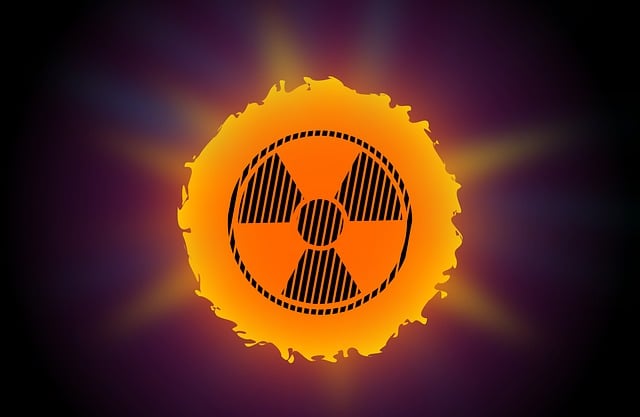Identifying and managing emissions sources is key to combating climate change. Targeted regulations like diesel emission standards and global warming targets reduce urban pollution. Select Emissions Regulations play a pivotal role in this, promoting cleaner technologies and fostering economic opportunities in clean energy. Efficient management combines real-time monitoring, compliance with air quality and water pollution controls, and continuous improvement for minimal environmental impact.
Efficient emissions management is a critical component of sustainable development, crucial for mitigating environmental impact and ensuring a healthier future. This article delves into three key areas: understanding emissions sources and their far-reaching impacts, implementing stringent Select Emissions Regulations to curb pollution, and adopting monitoring, compliance, and continuous improvement strategies for long-term effectiveness. By exploring these avenues, we can navigate towards a greener tomorrow.
- Understanding Emissions Sources and Impacts
- Implementing Stringent Select Emissions Regulations
- Monitoring, Compliance, and Continuous Improvement Strategies
Understanding Emissions Sources and Impacts

Identifying and understanding emissions sources is a pivotal first step in efficient emissions management. Various sectors contribute to environmental pollution, with transportation being a significant contributor, especially in urban areas. The latest diesel emission standards and international clean air legislation have played a crucial role in mitigating these impacts, emphasizing the need for stricter regulations in the automotive industry. By pinpointing specific sources, such as industrial processes or vehicle exhausts, policymakers and businesses can implement tailored solutions.
Additionally, environmental impact assessments for industry are essential tools to gauge and address emissions-related concerns. These assessments, coupled with global warming emission targets set by international bodies, help create a comprehensive strategy. The successful implementation of transportation emissions control measures demonstrates the effectiveness of targeted regulations in reducing overall pollution levels, paving the way for further advancements in sustainable practices.
Implementing Stringent Select Emissions Regulations

Implementing stringent Select Emissions Regulations is a pivotal strategy in the battle against climate change and environmental degradation. These regulations specifically target key pollutants, focusing on reducing greenhouse gas emissions from various sectors including transportation, industrial processes, and energy generation. By setting strict limits on pollutant discharge, governments can encourage the adoption of cleaner technologies and innovative solutions.
One such approach is promoting biofuel emission benefits as a sustainable alternative to fossil fuels. Additionally, landfill gas capture regulations play a crucial role in harnessing methane emissions from waste disposal sites, thereby reducing overall carbon footprint. With the aim of achieving the strictest emissions standards globally, these measures not only mitigate environmental impact but also drive technological advancements and economic opportunities in cleaner energy production.
Monitoring, Compliance, and Continuous Improvement Strategies

Efficient emissions management involves a multi-faceted approach to monitoring, ensuring compliance with regulations, and driving continuous improvement. By implementing robust monitoring systems, organizations can track their emissions levels accurately and in real-time. This data is crucial for identifying trends and areas where emission reduction strategies can be most effective. Compliance with select emissions regulations, such as those governing air quality and water pollution control measures, is not just a legal requirement but also a step towards sustainable operations.
Regular audits and assessments play a vital role in maintaining compliance with emissions compliance laws. These processes help facilities identify any gaps or deviations from the set power plant greenhouse gas limits and biomass energy emission concerns. Through continuous improvement initiatives, companies can invest in advanced technologies, optimize production processes, and adopt cleaner energy sources, thereby reducing their environmental impact significantly.
Efficient emissions management requires a multi-faceted approach. By understanding emissions sources and their impacts, implementing stringent select emissions regulations, and adopting monitoring, compliance, and continuous improvement strategies, we can significantly reduce our environmental footprint. These measures not only ensure regulatory adherence but also foster a sustainable future for all.
